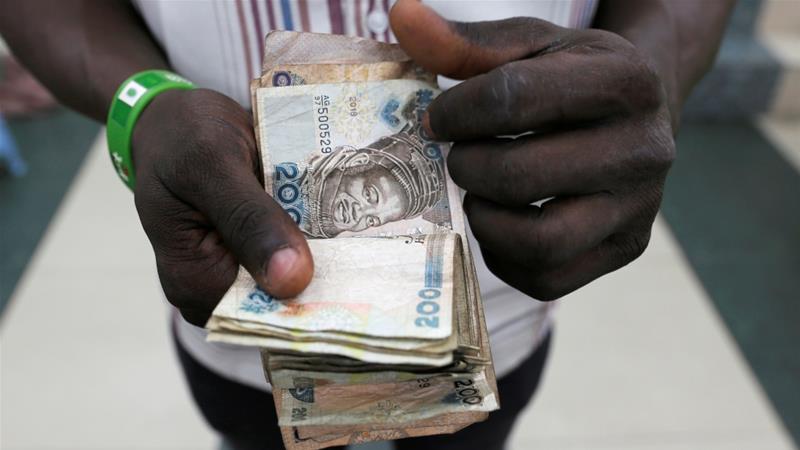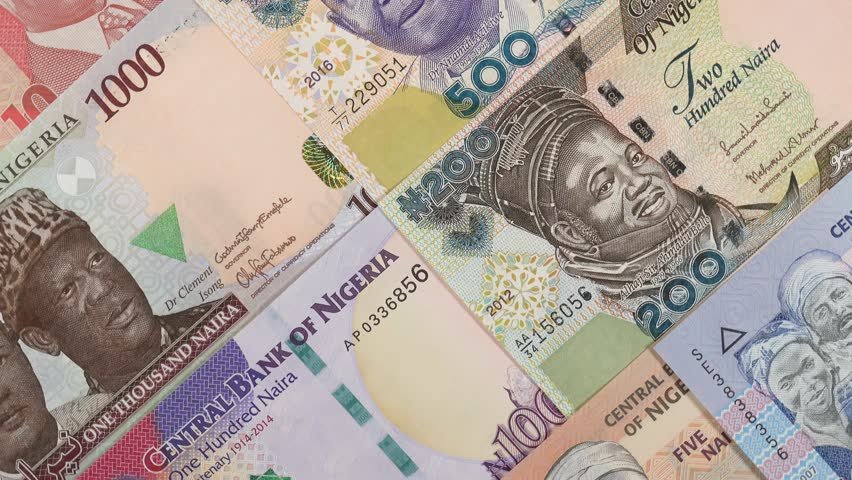Back to: ECONOMICS SS2
Welcome to class!
In today’s class, we will be talking about money. Enjoy the class!
Money
CONTENT
- Motives for Holding Money
- Demand And Supply of Money
- Elementary Quantity Theory of Money
- Value of Money And Price Level
DEMAND FOR MONEY
It is the total amount of money which an individual, for various reasons, wish to hold. That is, it is the desire to hold money in terms of keeping one’s resources in liquid form rather than spending it. The demand for money in economics is known as Liquidity Preference.
MOTIVES FOR HOLDING MONEY
Reasons or motives for holding money in economics as postulated by Lord Menard Keynes are in three major ways as follows:
- Transactional Motives– is when people desire to hold money in liquid or raw cash for day-to-day transactions or to meet current expenditure. That is, to cater for the interval between the receipt of incomes and their expenditures
- Precautionary Motives– is when people desire to hold money in liquid form to meet up with unforeseen contingency or unexpected expenditure which may include sickness, unexpected visitors, accidents, etc.
- Speculative Motives– is when people desire to hold money specifically for business transactions to embark on speculative dealings in the bond (security) market.
EVALUATION
- Define demand for money
- State and briefly explain the three motives for holding money
SUPPLY OF MONEY
This refers to the total amount of money available for use in the economy at a given period of time. The supply of money involves the currency in forms of banknotes and coins circulating outside the banking system as well as the bank deposits in current accounts, which can be withdrawn by cheque (i.e. bank money).
FACTORS AFFECTING SUPPLY OF MONEY
- Bank Rate- is the rate of interest which the Central Bank charges the commercial banks for lending money to or borrowing from them and discounting bills.
- Cash Reserve Ratio- also known as Cash or Liquidity Ratio, is the percentage of the deposits Commercial Banks are expected to keep with them. When the Cash Reserve is high, the supply of money will definitely below, and vice-versa.
- Economic Situation- the Central Bank reduces the supply of money during the period of inflation and increases it during the period of deflation.
- Demand for Excess Reserves- when Commercial Banks demand for excess reserves, the supply of money will increase.
- Total Reserves of Central Bank- money supply is affected by the total reserve of the Central Bank. If the total reserve supplied by the Central Bank is high, the money supply will also be high, and vice-versa.

EVALUATION
- Define the term supply of money
- List and explain the five factors affecting the supply of money.
QUANTITY THEORY OF MONEY
The quantity theory of money was propounded by Sir Irving Fisher- an American Economist. Fisher postulated that the value of money depended on the quantity of it that is in circulation. Though this has been traditionally explained as the relationship between the quantity of money in circulation and the amount of production of goods and services within the economy. Fisher in his analysis stated that the total stock of money multiplied by the velocity of its circulation is equal to the total transactions multiplied by the price level.
The connection between money in one hand and output and price on the other can be formally stated using Fisher’s identity known as the quantity theory equation. It is stated as, MV=PT,
where M= Stands for the stock of money, V= Stands for the velocity of money, P= Stands for the average price level, T= Stands for the total volume of transaction.
Example:
From the quantity theory of money equation MV=PT. Assuming P=20, M=200,000 and T=20,000. Calculate the velocity of money (V)
Solution
MV=PT
V=PT/M
V=
V=2.
The velocity of money (circulation) is a measure of the speed at which money changes hand in the economy and is determined by the rate at which money is passed from one person to another and the length of time for which money is held in form of wealth or asset.
CRITICISMS OF THE QUANTITY THEORY OF MONEY
The following criticisms were levelled against the quantity theory of money
- It was more truism than a theory
- It rests mainly on the assumption that some variables are constant.
- Changes in prices may be as a result of other factors not included in the theory.
- Its claim to be a theory of money is wrong because it failed to discuss the effect of the rate of interest.
- It emphases much on the changes in the value of money and ignores the determinants of the original value of money.
- The theory did not recognize the demand for money and concentrated on the supply of money
EVALUATION
- What do you understand by the quantity theory of money?
- List four criticisms against the quantity theory of money.
THE VALUE OF MONEY
The value of money refers to the purchasing power of money. That is, the amount of quantity of goods and services money can buy with a given sum of money over a given period of time.
FACTORS THAT DETERMINE THE VALUE OF MONEY
- The general price level
- Inflation and deflation
- Supply of money or velocity of money
- Volume or Quantity of goods and services produced

MEASUREMENT OF VALUE OF MONEY
The value of money can be measured using the price index, which is also called the index of retail prices. An index number is a statistical measure designed to show changes in variable or group of related variables with respect to geographical location or other features such as income, profession, etc, with respect to time. It can simply be defined as a ratio of two numbers usually expressed in percentage (%).
It is calculated by determining the average change in the prices of a set of goods and services. We have the Wholesale Price Index, Consumer Price Index, GDP Price Index, Retail Price Index, Cost of Living Index, Import and Export Price Indices. The formula for calculating index number is thus:
Index Number =
Example:
Given that price of a Radio set in 2010 was N338, but rose to N362 in 2011. Calculate the price index of the radio.
Solution
Interpretation of the Result: The above result shows that the price of the radio set increased from 100% in 2010 to 107.1% in 2011, showing an overall increase of 7.1%
In our next class, we will be talking about the Financial Institution. We hope you enjoyed the class.
Should you have any further question, feel free to ask in the comment section below and trust us to respond as soon as possible.


please go further more to explain the factor that determine the value of money
I did not see what I was looking for.
I was looking for elementary theory of money.
Please help me send it to my email
Wow 👏😮👏 👎 📝🗒📓🎵💌💴📝🗒🥲🥰😗💑🤧😌🤮👨👦🤨🤢🦲🦲👈🧎♀️👨👦👦💏🥑👤☺🎖⚾️⚽️🥎🍲🥘🌮
Thank you so much 🤗
I love dis. Thank you
of course
I did not see what I was looking for velocity of money pls send it to my email
she loves this